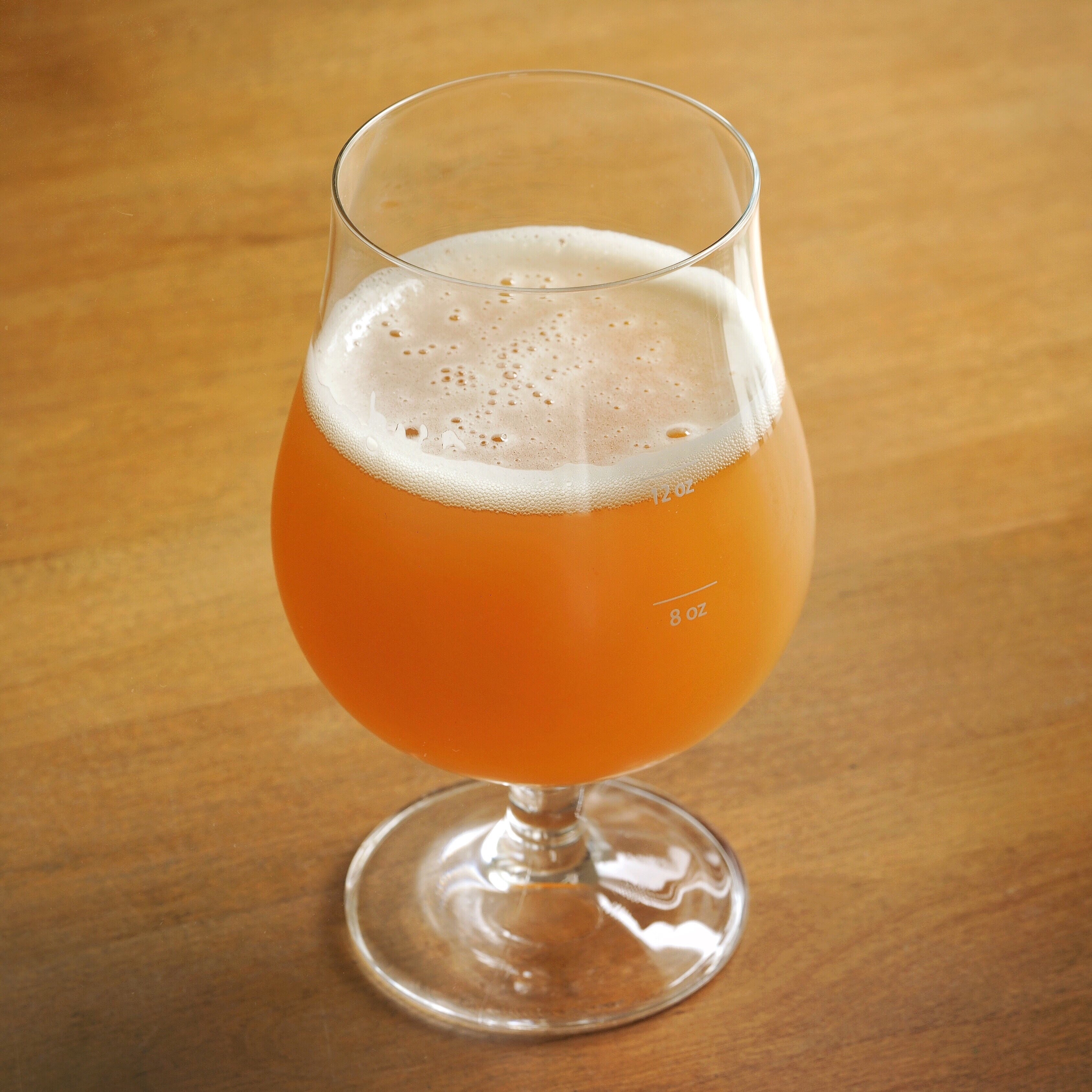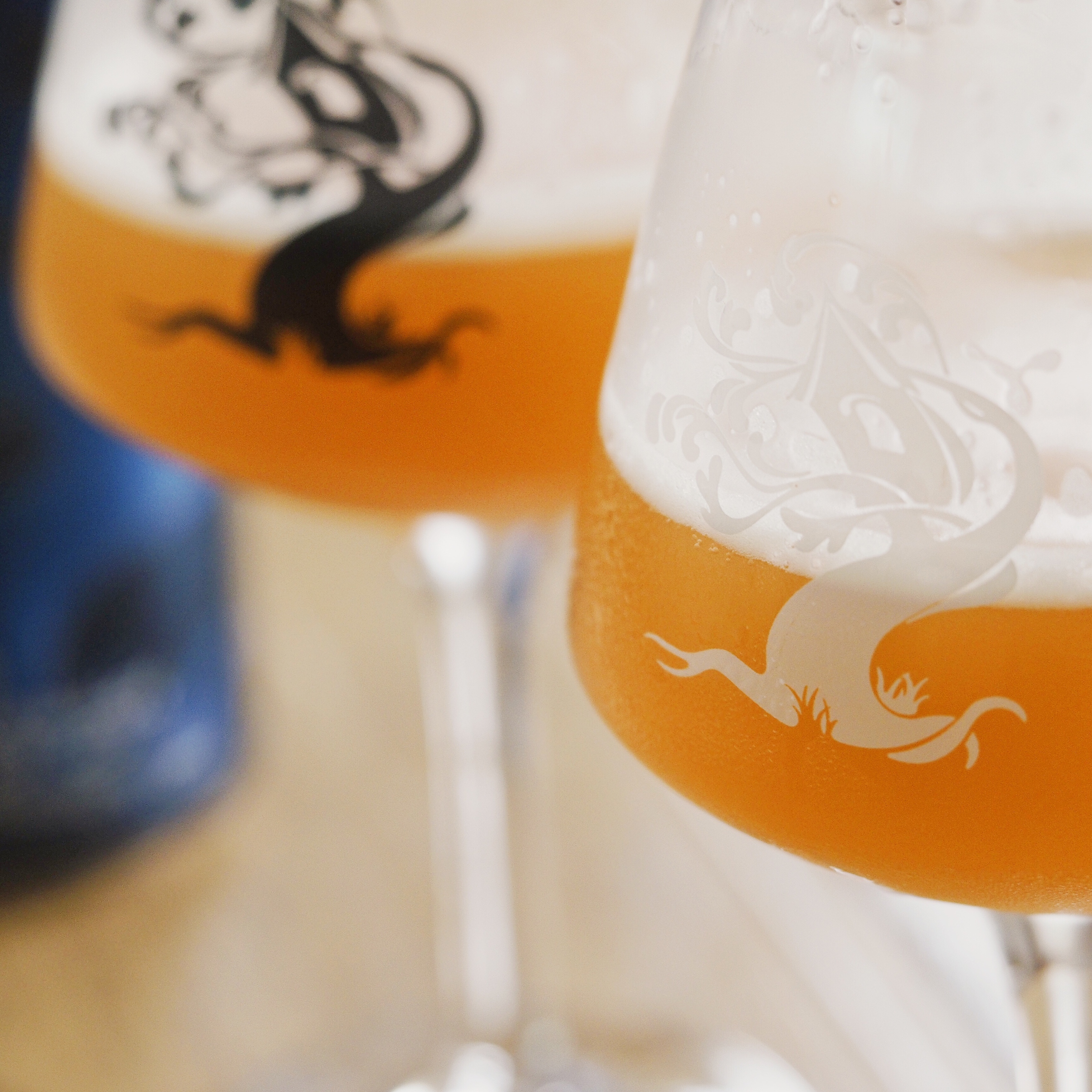Or can they be fermenting in different fermentors each with a different yeast and blending the finished beer at the end?
Tree House's facility is quite large, with quite the cellar, however I don't know if they would sacrifice that much of a cellar to be blending their core beers - maybe Julius and AE, but I can't see Haze, Green, Julius, and AE all being blended.
Just based on their weekly production (1k bbls) and canning -- it's common for them to have 4-8 cans available on a given day, with the canning of 4 beers a week - not counting what they put on draft or release draft only. So even if we're looking at blending core Julius, Green, Alter, Haze - that would tie up 8 fermenters (10 if we think sap is also blended) for at least 1 week as they tend to release all 4 of these beers over 2 weeks (EG:Today they have Julius, Dopple, Green).
Then you look at their other beers that see just about a monthly, if not more frequently, release in 2018. Catharsis, TWSS, Dopple, Sap, SSSAAAPPP, Old Man, Eureka, Trail Magic, Curiosity, VG/VH. Then whatever they have aging.
Given the nature of dopple, VH, and VG - if AE, Haze, Green are blended, that's 6 more, then there is doubleganger as well.












































![Craft A Brew - Safale BE-256 Yeast - Fermentis - Belgian Ale Dry Yeast - For Belgian & Strong Ales - Ingredients for Home Brewing - Beer Making Supplies - [3 Pack]](https://m.media-amazon.com/images/I/51bcKEwQmWL._SL500_.jpg)





